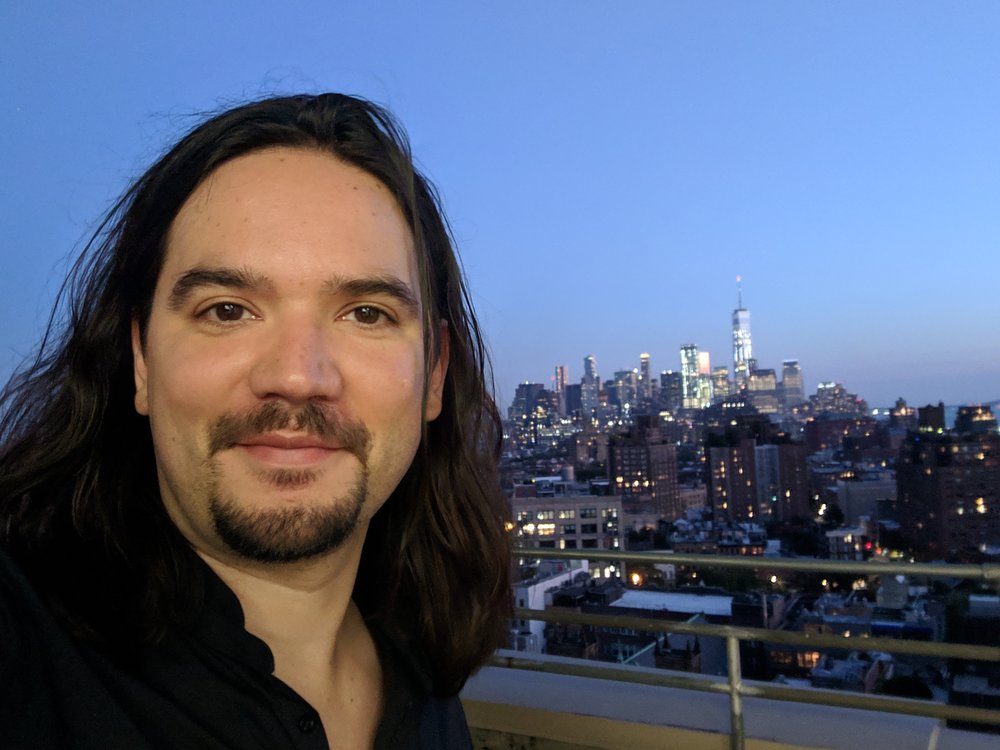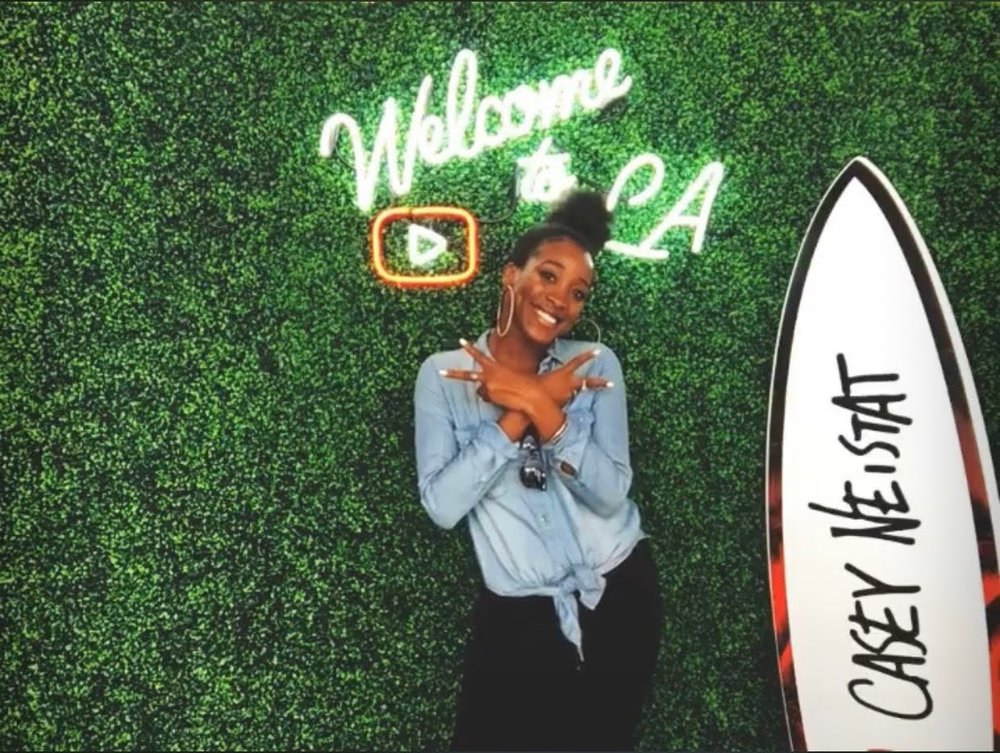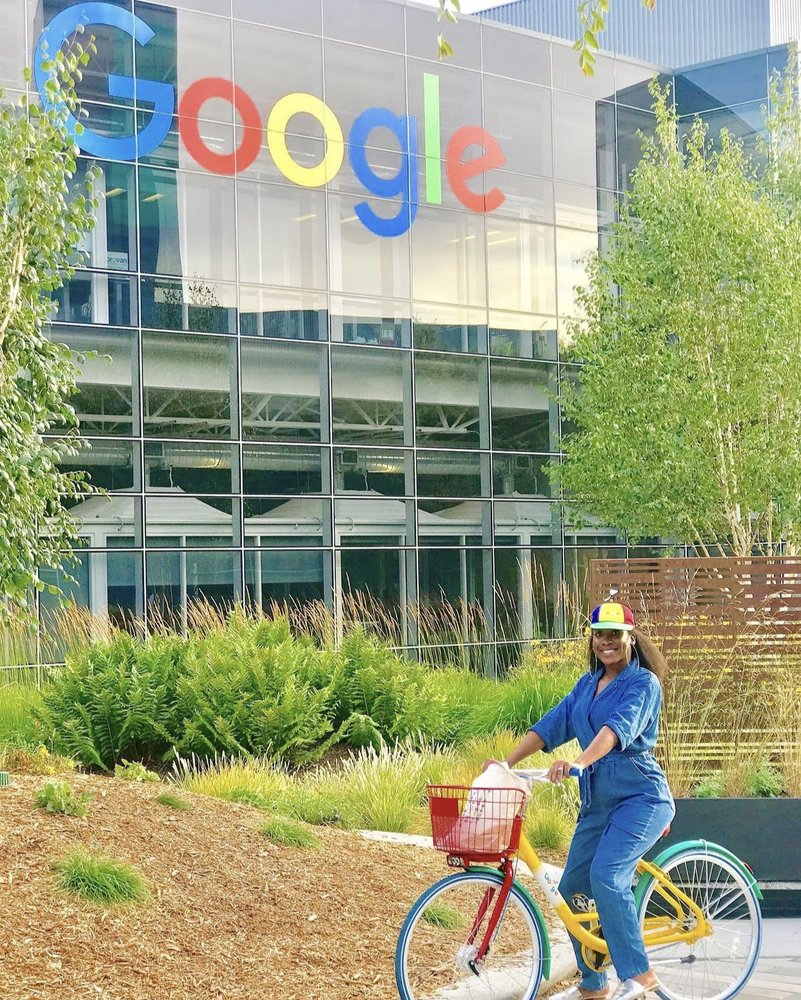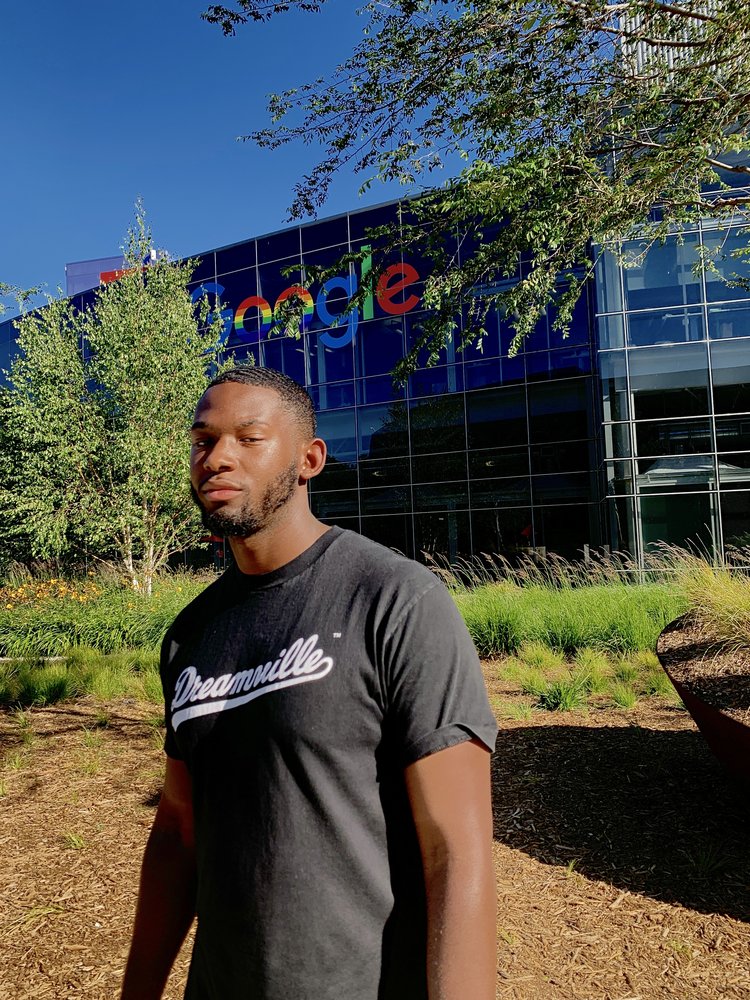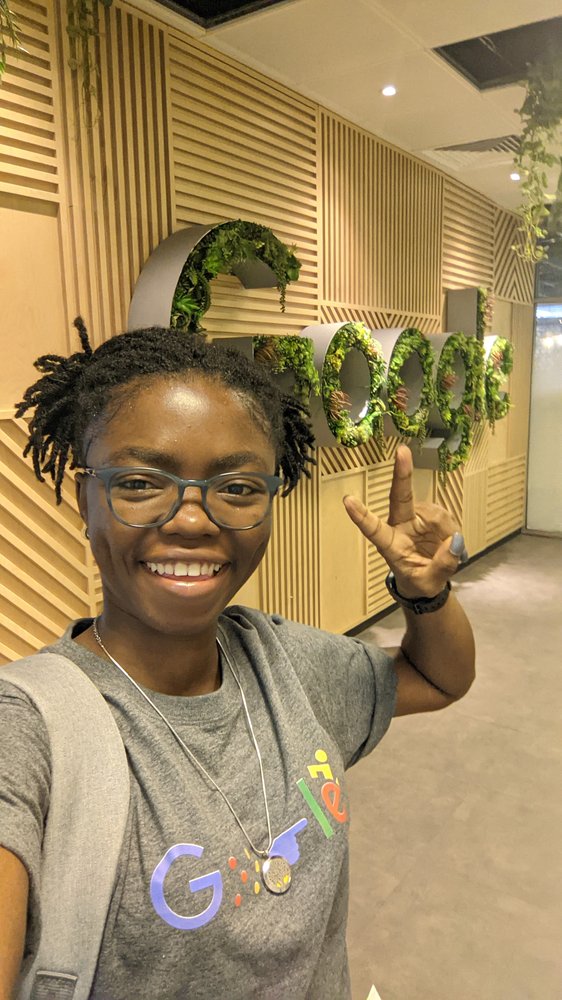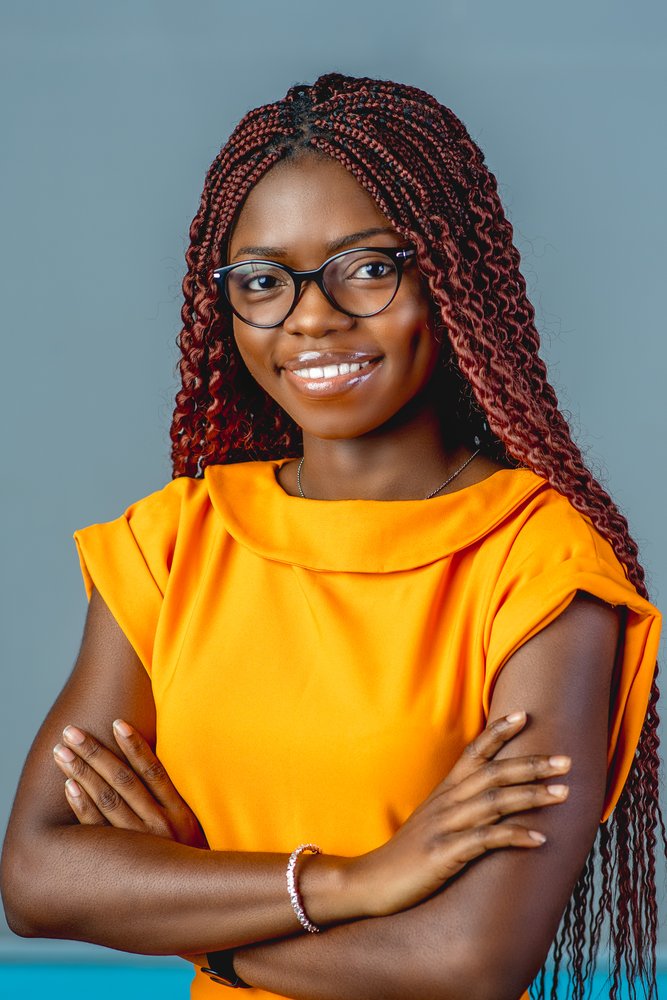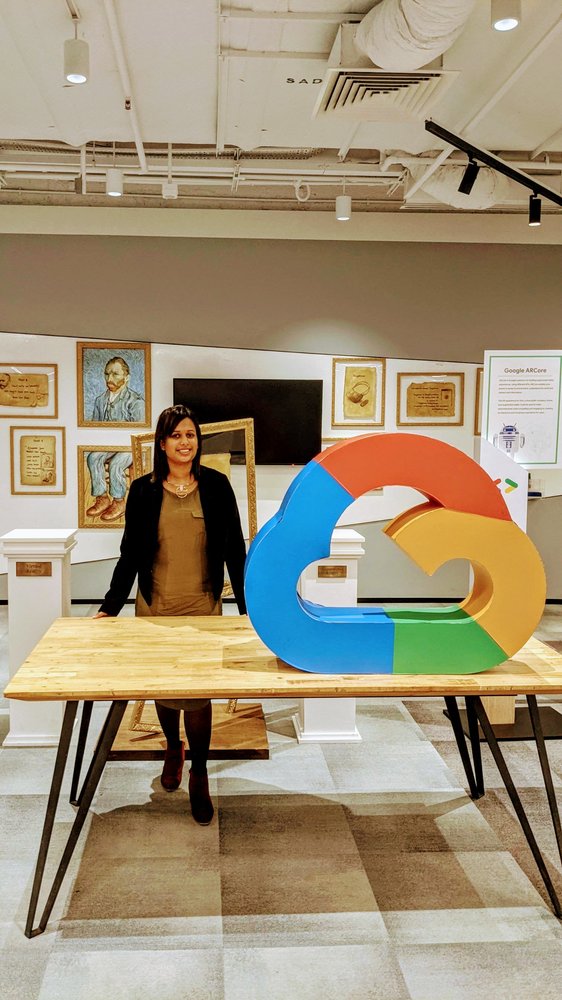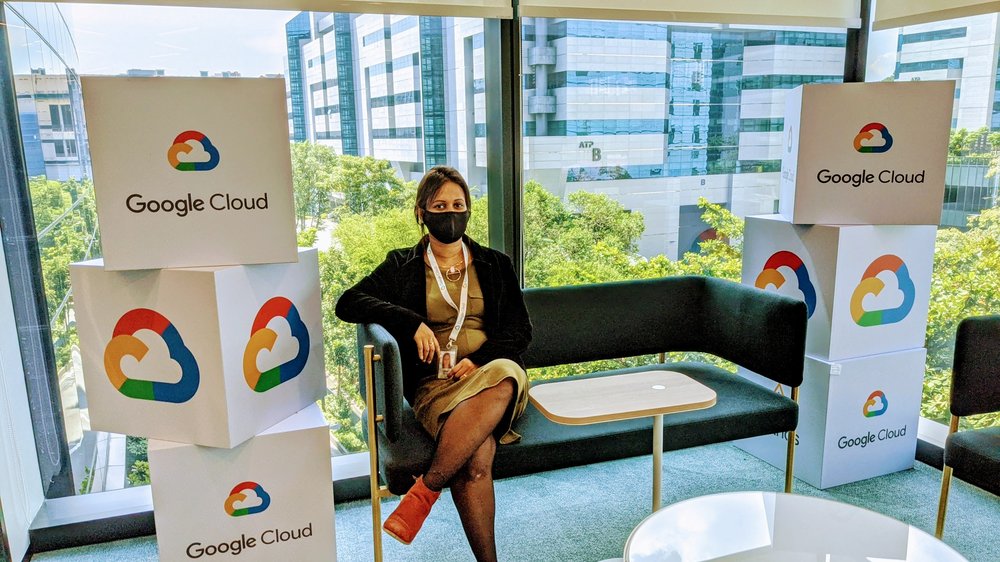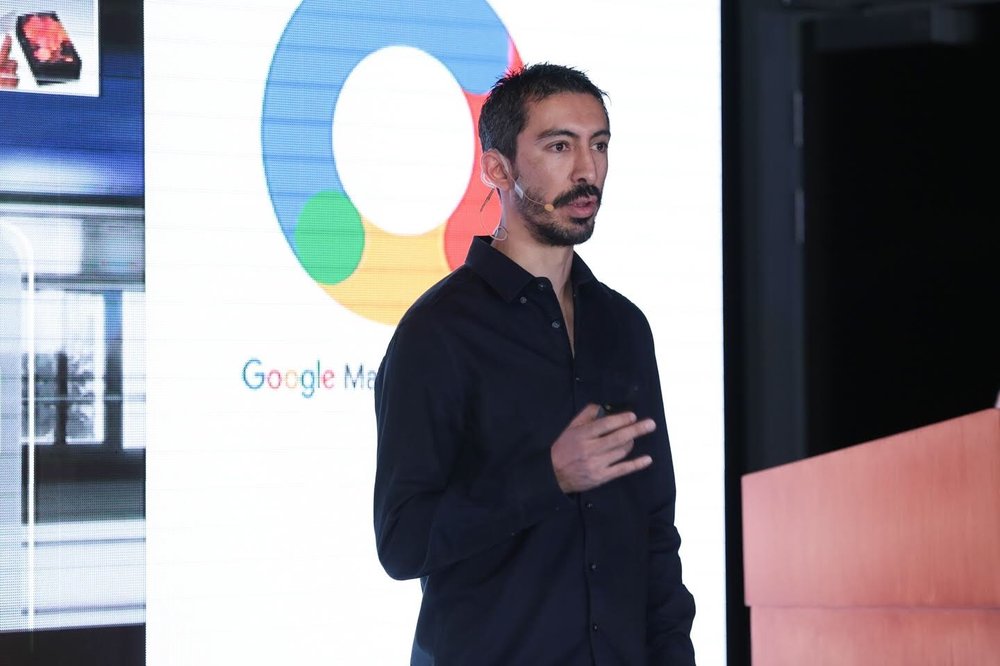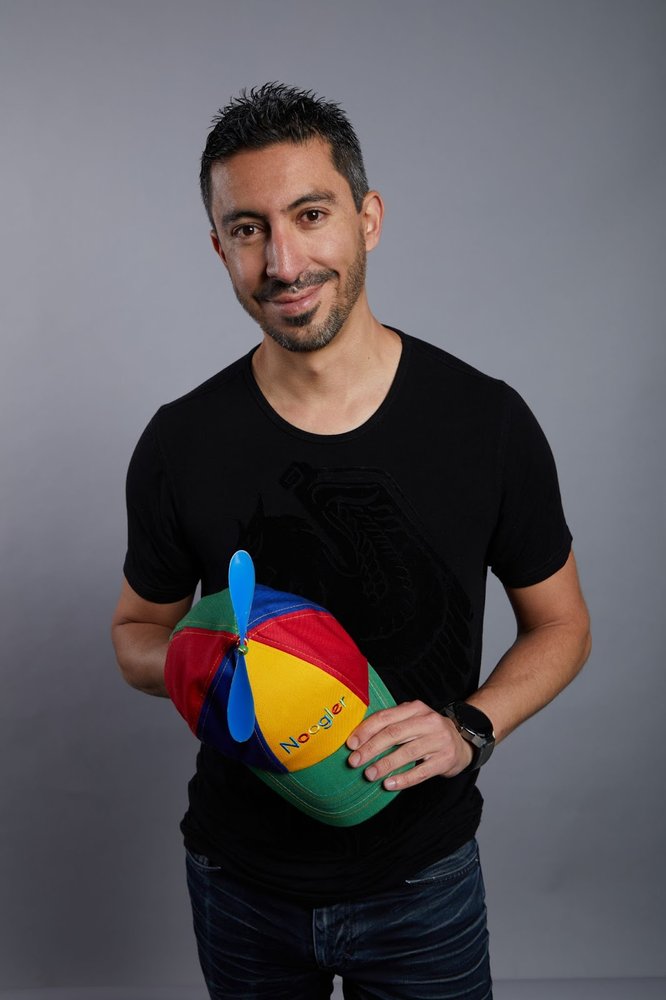Welcome to the latest edition of “My Path to Google,” where we talk to Googlers, interns and alumni about how they got to Google, what they do in their roles and how they prepared for their interviews.
Today, Leann Johnson shares her interesting journey to Google and how she prepared for her technical interviews along the way.
What do you do at Google?
I’m a software engineer for the Google Compute Engine team in Google Cloud. My mission is simple: push software updates to our customers’ machines as often as possible without disrupting their day-to-day operations. My days are typically packed with a lot of meetings — from team syncs to one-on-one sessions with the talented engineers I have the privilege of leading. Outside of meetings, you can find me writing design documents, strategizing long-term projects, reviewing code changes and eating Google’s delicious food.
What were you up to before Google?
I grew up in the Baltimore/Washington, D.C. area, and studied math and computer science in college. After graduating, I did general programming and web development for eight years at NASA’s Goddard Space Flight Center in Maryland. During that time, I also got my master’s degree in computer science. While it was hard to leave a job where I literally met astronauts on a regular basis, Google and the Pacific Northwest came calling, and I couldn’t resist.
Why did you apply to Google?
I didn’t seriously consider applying at first, because I was happy in the position I already had. Then one day, Google invited me to participate in the Foobar Challenge, which is a series of difficult programming exercises. I remember how excited I was to get the invitation, and it took me about a month and a half to complete all five levels of the challenge. At the end, the tool asked if I wanted to submit my information to a Google recruiter. I thought really hard about that — starting the process of interviewing, leaving my job at NASA and moving my children to a new city. Ultimately, I decided that the potential benefits to my career and children's future outweighed the anxiety, stress and fear that might accompany the process. So I took a leap and submitted my information.
What inspires you to come in (or log in) to work every day?
I really enjoy the opportunity to work on Google-scale (very, very large) projects. That’s just not something you get to do at most companies. Plus, seemingly every single person I work with — from fresh graduates to tenured leadership — is pretty brilliant. The food is also highly motivating!
How did you prepare for your interview?
I mainly read technical interview prep books. Though I’d been coding professionally for eight years, I hadn’t experienced the typical programming interviews that I was going to face at Google, so I needed to brush up on those skills. I also created flash cards, which is a very effective memorization technique, and watched a lot of Google’s YouTube videos about what to expect during technical interviews.
Any tips for aspiring Googlers?
Yes, particularly for engineers! First, practice speaking out loud when you’re solving problems, especially if you typically work them out in your head. Second, don’t skimp on the preparation — know your algorithms and the interview structure. The more you’re used to the format, the less stressful the actual interviews will feel. And finally, remember the interviewers want you to do well. They are not there to criticize every tiny mistake. Getting a few hints is OK. Your main goal is to show the interviewer how you think and that you are capable of solving challenging problems, even if you don’t come up with the perfect answer — I certainly didn’t!
Any advice for your past self?
I wish I could go back and tell my past self that I was intelligent and capable enough to get a job at Google. I think a lot of the anxiety and stress I felt throughout the interview process came from not feeling adequate, which wasn’t the case!
